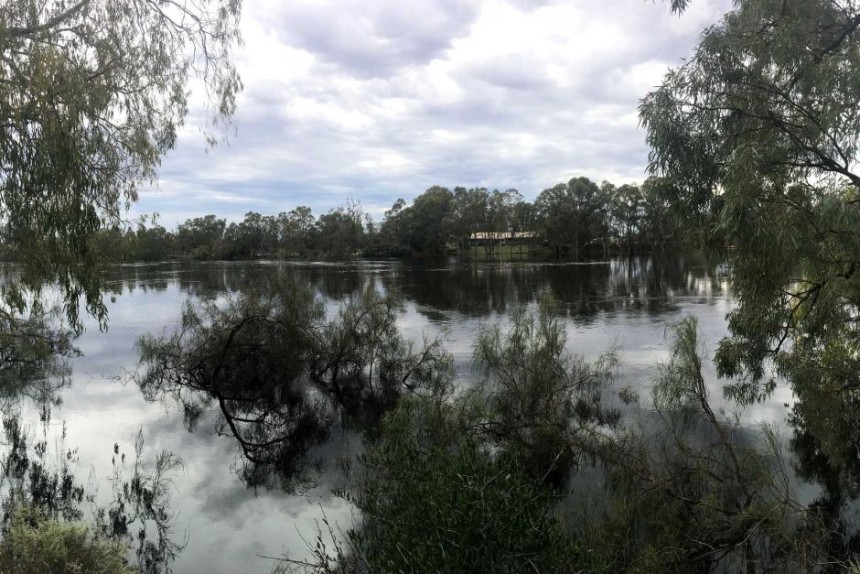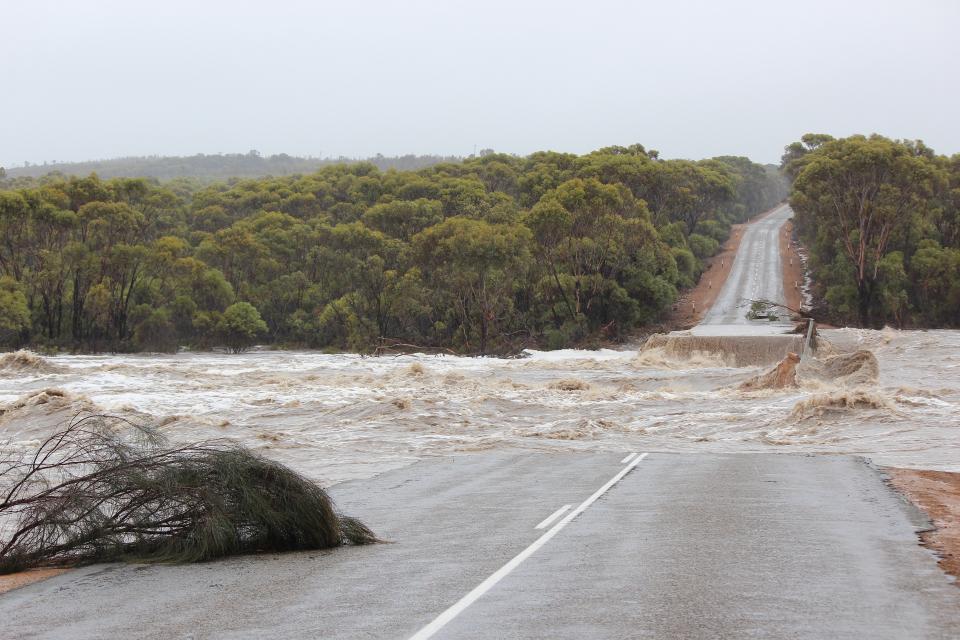Where, why and how are Australians dying in floods?


In June 2016, flooding in NSW and Tasmania led to six deaths and hundreds of rescues, while three people died in the NT in January 2017. At the time of print, six people had died during the flooding that occurred in Queensland and northern NSW in the aftermath of Cyclone Debbie. Several people were also rescued from floods in SA and Victoria in September and October 2016. These recent cases highlight the significant dangers of floodwaters. And as Bushfire and Natural Hazards CRC research suggests, many flood-related deaths are avoidable.
To gain a greater understanding of human behaviour and why people choose to enter floodwaters, the CRC research project Analysis of Human Fatalities and Building Losses from Natural Disasters has measured the impact of floods on human life, injuries and building damage.
This study is one of the first to explore the trends and characteristics associated with flood fatalities in such detail. Focusing on the Australian context, the research considered the sociodemographics, circumstances, capacities, knowledge and motivations of those who died in floods. Spatial and temporal trends within the data and the relationship between the fatalities and known characteristics of the hazard were also analysed.
The NSW State Emergency Service (SES) has drawn on the CRC research to back their latest flood safety campaign. Featuring videos of real-life stories—with people recounting their experiences of trying to drive through floodwater, what happened to them and the consequences of their actions—the campaign emphasises that no-one should ever drive through floodwaters.
Who is most at risk when it comes to floods?
Between 1900 and 2015, 1,859 people died in floods in Australia. The CRC research team, led by Dr Katharine Haynes (Risk Frontiers, Macquarie University), analysed the social and environmental circumstances that led to each of these fatalities.
The research revealed significant trends in relation to gender, age, activity, location and reason for entering floodwaters. The majority of people that died were male (79%), with children and young adults aged 29 or under being most at risk. The analysis of flood severity against numbers killed per event indicates that most fatalities occurred in minor or moderate floods, where one or two people died. There is also evidence to suggest that most people who died after entering floodwaters were travelling home.
“The highest proportions of men and women are dying while they are attempting to cross a bridge or flooded road,” explained Dr Haynes. “Where the information is available, we can see that most of these people are trying to make their way home.”
Since 1960, the highest numbers of fatalities have occurred in Queensland and NSW, with the toll from these states accounting for 75% of all fatalities. Death rates per capita also highlight the increased level of risk in the NT, where fatalities per capita since 1960 has been five times as great as NSW and more than three times as great as Queensland.
Andrew Richards, State Manager of Community Engagement at NSW SES, is one of the lead end users for the project. He said it was vital that the SES safety campaign was backed by research.
“The campaign shows important facts about the most at-risk groups, such as children and young adult passengers in cars, as well as those in 4WDs. Both CRC research and some additional commissioned research were vital here, as it showed us where we needed to focus our safety efforts as a result of recent and historical events.”
Fatalities associated with 4WD vehicles have increased steeply over the last two decades. Almost 75% of all 4WD flood deaths have occurred since 2000. The vast majority of those driving a motorised vehicle were men at about 84%, while the gender breakdown of passengers shows that about 53% were men and 47% were female. This implies that most flood-related vehicle fatalities involve male drivers, with passengers roughly equally distributed between the genders.
“The research showed us that fatalities involving a 4WD have dramatically increased in the last 15 years,” said Mr Richards. “People often think that a 4WD is capable of traversing flooded rivers and the 4WD advertisements often reinforce this, but the reality is far from that. We really want to reach this group of people in the hope that the next time they come across a flooded road, they will make the safest decision.”
Getting the message—if it’s flooded, forget it!
The CRC research suggests that not only were many flood deaths avoidable, but that most victims were capable of independent action and aware of the flood. Despite knowing the risks, many people are still deciding to enter floodwaters. However, 45% of people in a vehicle died during twilight or darkness, when visibility would have been poor, and so they may have been unaware of the extent of the danger. This suggests the need for structural measures, including barricades and road design, in addition to better risk communication and education.
The NSW SES campaign includes accounts from a mother who entered floodwaters under the pressure of her passengers, a 4WD enthusiast sharing his experience crossing creeks and rivers, a young male who was trying to impress his passengers, an SES member recounting his experiences rescuing people from floodwater, and a farmer who nearly drowned after entering floodwater to rescue cattle.
Mr Richards said the NSW SES is hoping that by using real stories and experiences they will be able to target these groups engaging in risky behaviour.
“We are trying to increase public safety, to educate people to make the safe choice,” he said. “We think that the best way to achieve this is by highlighting true stories about what has happened to people when they have tried to drive through floodwaters, their close calls, and their remorse about making some of those risky decisions in the first place.”
As well as inspiring the NSW SES campaign, the research will help emergency services across Australia ensure their messages are effectively targeted. It will also influence policy, practice, engagement initiatives and resource allocation across the sector.
The research team now plan to evaluate the messaging and terminology used with different sociodemographic groups, as well as education programs and signage used during floods. By understanding the decision-making processes of those who do drive through floodwaters, emergency services will be better equipped to prevent flood fatalities.
Original article in Issue Two, 2017, Fire Australia, May, 2017 (link).
